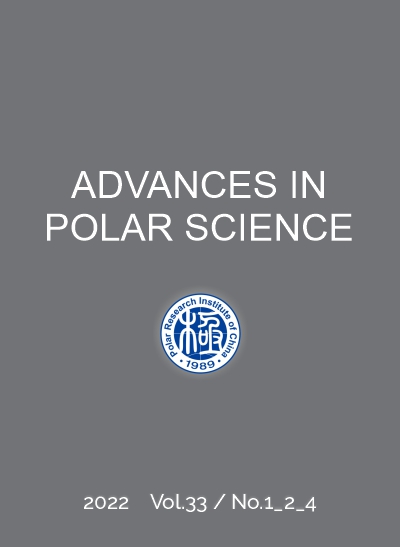Publication: Advances in Polar Science (APS). Vol. 33, No. 2, 156~166, June 2022
To download the publication please click on the download link at the bottom of the page
Author: Sergey KAKAREKA and Tamara KUKHARCHYK
DOI: 10.13679/j.advps.2021.0044
CNARC member: Polar Research Institute of China (PRIC)
Abstract: In spite of remote location and very limited human activities, Antarctica is affected by persistent organic pollutants (POPs). POPs investigation in Antarctica has a comparatively long history, but there are still large knowledge gaps in assessment of their emission into environment. In the paper the results of the first inventory of unintentional POPs emission from anthropogenic sources in Antarctica for modern period and preliminary estimate for the late 1980s are presented. Assessment of dioxin/furans (PCDD/Fs) emission in different media, as well as polychlorinated biphenyls (PCBs) and hexachlorobenzene (HCB) in air is based on methodology of emission factors and indicators of human activity. The following sources of POPs emission have been estimated: power generation and heating, waste incineration, mobile sources and open burning of waste (in the past). According to the data obtained, annual PCDD/Fs air emission for modern period comprises 60.74 mg toxic equivalent (TEQ), PCBs – 5.09 mg TEQ, and HCB – 457.6 mg. Additionally 2.5 mg TEQ of dioxin/furans is released to residues, so total PCDD/Fs emission is amounted 63.23 mg TEQ. Waste incineration makes the greatest contribution to POPs emission (96% of PCDD/Fs, 98% of PCBs and 36% of HCB air emission). In late 1980s open burning of waste was the major source of POPs. Retrospective assessment shows that over a 30-year period air emissions of PCDD/Fs decreased about 13 times, PCBs—15 times and HCB—57 times, primarily due to the prohibition of open burning of waste in compliance with the Protocol on Environmental Protection to the Antarctic Treaty requirements.
Highlights:
- Waste incineration makes the greatest contribution to total POPs emission in Antarctica for modern period.
- Open burning of waste was the main anthropogenic source of POPs emission in Antarctica in late 1980s.
- Over a 30-year period air emissions of dioxins/furans, PCBs and HCB have decreased dramatically.
Keywords: persistent organic pollutants, emission inventory, PCDD/Fs, PCBs, HCB


